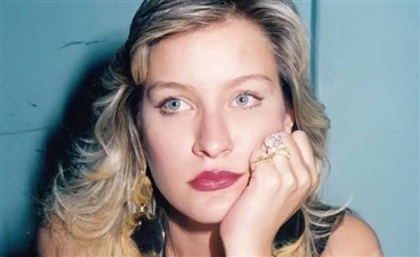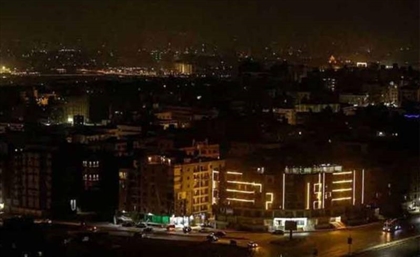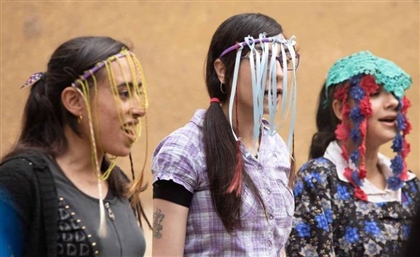Centuries-Old Quranic Manuscripts on Display at the Smithsonian's Sackler Gallery
In the first major art exhibit of the Quran in the United States, the Smithsonian's Sackler gallery hosts some of the world's finest copies of Islam's sacred scripture.

For the first time in US history, the Quran is the subject of a major art exhibit. According to the Guardian, the Smithsonian’s Sackler gallery in Washington D.C. is currently hosting an exhibition titled The Art of the Quran: Treasures from the Museum of Turkish and Islamic Arts, which displays manuscripts of Islam’s sacred scripture and runs until February 20th, 2017.
Forty-seven of the manuscripts on display belong to the Museum of Turkish and Islamic Arts while 16 items come from the permanent collections of the Freer and Sackler museums (the Smithsonian’s museums of Asian art). The exhibits show a wide range of styles and formats, which, according to Sackler Gallery Director Julian Raby, provides “an unparalleled view of some of the greatest [Islamic] calligraphy, illumination, and binding,” and shine a light on “how artists from North Africa to Afghanistan found different ways to honour the same sacred text of Islam.”

The manuscripts were created between the early eighth and the 17th centuries. The parchments and tomes have all at one point or another been in the possession of Ottoman sultans, pashas, and viziers. The copies of the Quran on display are among the finest in the world and represent different eras of Islamic history, including the Umayyad and Abbasid Arab caliphates, Iran and Afghanistan during the Seljuk period, the Mongol Il-Khanid dynasty and Timurid empire, Mamluk Egypt and the Safavid Persian and Ottoman empires.
However, given the current political climate and the rise of Islamophobia, the exhibition aims not only to cultivate an appreciation for the holy book among non-Muslims but also to present it as a piece of human history.

“What we hope is really to offer a different perspective on the Quran than has been presented, and is repeatedly presented given the state of the world,” Freer and Sackler Museums Chief Curator and Curator of Islamic Art Massumeh Farhad says. “And by doing that, to encourage more nuanced understanding and discussion about both the Quran and about Islam and its culture.”
























